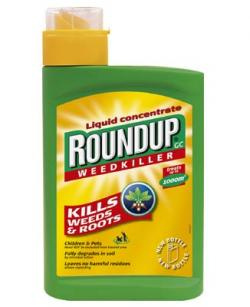
Rocky Road for Roundup
It didn’t take much convincing to get Mike Pietzyk to try a new weed-killing product on one of his cornfields in southeastern Nebraska. “The days of going out and spraying Roundup twice a year—those are long gone,” says Pietzyk, a second-generation grower who has farmed for 25 years.
Pietzyk says he’s had to use increasing amounts of the glyphosate herbicide during the past five years because weeds are developing resistance to it. Like many farmers, he has had to put older chemicals into his rotation, including 2,4-dichlorophenoxyacetic acid (2,4-D). And he isn’t happy about going back to that chemical, which dates to his father’s post-World War II generation. “I don’t know if I’ve been around it too much, but it will give me a headache if I smell it,” he says.
September 21, 2015 | Source: Chemical & Energy News | by Britt E. Erickson and our Melody M. Bomgardner
It didn’t take much convincing to get Mike Pietzyk to try a new weed-killing product on one of his cornfields in southeastern Nebraska. “The days of going out and spraying Roundup twice a year—those are long gone,” says Pietzyk, a second-generation grower who has farmed for 25 years.
Pietzyk says he’s had to use increasing amounts of the glyphosate herbicide during the past five years because weeds are developing resistance to it. Like many farmers, he has had to put older chemicals into his rotation, including 2,4-dichlorophenoxyacetic acid (2,4-D). And he isn’t happy about going back to that chemical, which dates to his father’s post-World War II generation. “I don’t know if I’ve been around it too much, but it will give me a headache if I smell it,” he says.
Glyphosate, the active ingredient in Roundup and its generic competitors, is losing its appeal to farmers and the general public. Not only are weeds becoming resistant to the chemical, but concerns about its health effects are growing. Regulators around the world have long considered glyphosate to be of low toxicity, but a controversial report released earlier this year by the World Health Organization raised questions and fears about whether governments have sufficiently evaluated this much-used chemical.
